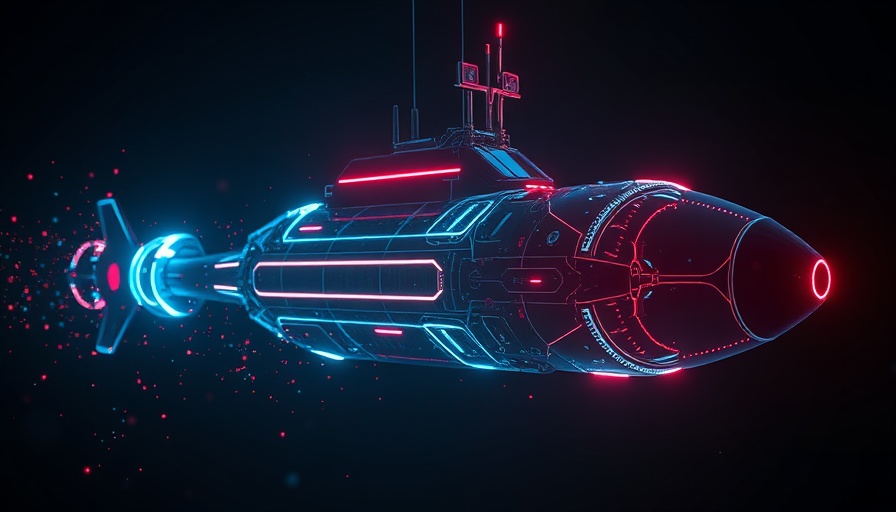
The Future of Shipbuilding: Embracing Generative Modeling
Generative modeling and simulation are reshaping the landscape of shipbuilding, driving efficiency and innovation in a sector that is traditionally known for its complexities. As modern naval architecture integrates cutting-edge technologies, shipbuilders are challenged to create structures that meet evolving operational demands while adhering to stringent regulatory requirements.
What is Generative Modeling and Why Does It Matter?
At its core, generative modeling is a design approach that uses algorithms to produce numerous design variations based on specified parameters. This allows engineers to explore more possibilities than would traditionally be feasible. For the modern shipbuilding industry, this means faster development cycles and the potential for a wider array of design solutions that can adapt to various missions and performance requirements.
Breaking Down Barriers with MODSIM
Innovative platforms like MODSIM, offered by Dassault Systèmes, are at the forefront of this transition. By integrating modeling and simulation processes, these tools create a "single source of truth" for designers, ensuring that information is consistent across all stages of development. This unified approach not only streamlines workflows but also enhances collaboration among multidisciplinary teams, helping them identify design flaws early on.
Benefits of Simulation-Driven Workflows in Shipbuilding
The advantages of adopting simulation-driven workflows are manifold. Firstly, they significantly reduce costs by optimizing designs before any physical construction begins. Secondly, with faster time to market, shipbuilders can deliver vessels that meet contemporary needs without unnecessary delays. Moreover, by allowing more innovative design explorations, these workflows help teams focus on implementing the most viable and efficient solutions.
Transformative Collaborations: Siemens and Compute Maritime
In a significant development, Siemens and Compute Maritime are revolutionizing ship design with their collaborative efforts, melding generative AI with advanced simulation technologies. The combination of the NeuralShipper platform, which automates design processes, and Simcenter STAR-CCM+, known for its Computational Fluid Dynamics capabilities, is a game-changer. It empowers naval architects to engage in rapid concept generation while ensuring performance is analyzed accurately at every design phase.
Meeting Sustainability Goals with Generative Design
As the maritime industry increasingly emphasizes sustainable practices, generative modeling emerges as a crucial component in achieving these goals. By enabling the design of vessels that can accommodate alternative fuels and energy-saving technologies from inception, shipbuilders can significantly reduce emissions and enhance fuel efficiency. This proactive integration ensures that new ships not only meet current environmental standards but also pave the way for future innovations.
The Road Ahead: Adopting New Technologies
The shipbuilding industry is on the brink of a profound transformation, driven by technology and the growing need for sustainability. Generative modeling and simulation are more than just trends; they represent a necessary evolution for shipbuilders looking to thrive in a competitive marketplace. By embracing these innovations, companies can optimize every design for performance, adaptability, and compliance with emerging regulations.
Conclusion: Shaping the Ships of Tomorrow
As the future of shipbuilding unfolds, generative modeling and simulation will continue to play critical roles in shaping the next generation of vessels. By integrating these advanced technologies into their workflows, shipbuilders not only enhance operational efficiency but also position themselves at the forefront of sustainable design. It's essential for industry stakeholders to stay informed and involved in these technological advancements to ensure successful outcomes. The revolution in shipbuilding is here, and it’s time to embrace it for a brighter and more sustainable maritime future.
 Add Row
Add Row  Add
Add 




Write A Comment